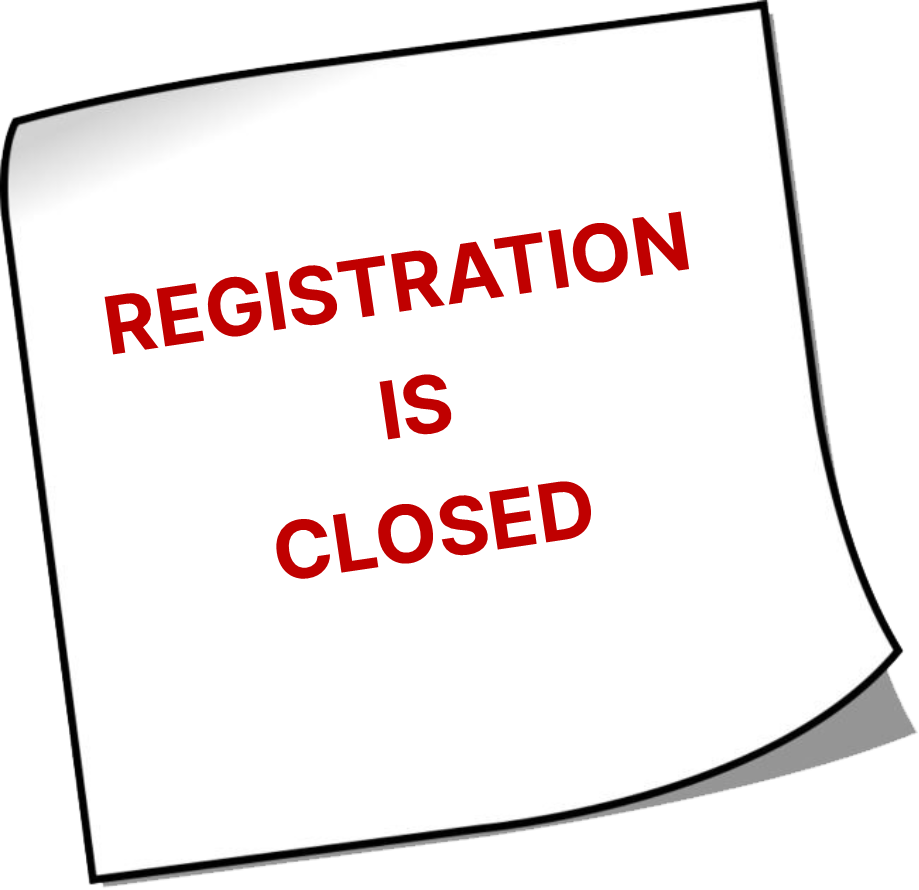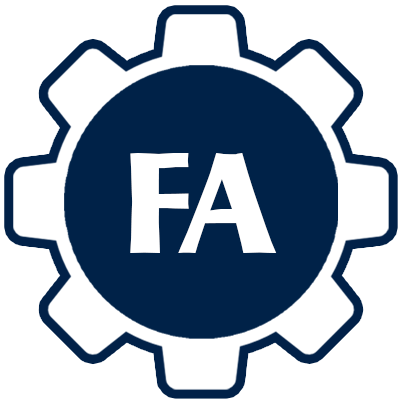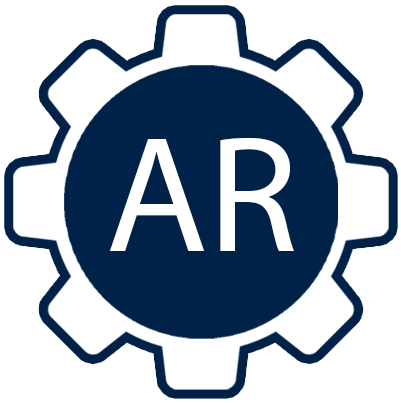It is a joint workshop between the USPEX group and the Physics department of the Isfahan University of Technology (IUT) aiming to train modern computational methods for discovering new materials and predicting material properties. The workshop program contains scientific lectures in the morning sessions and hands-on tutorials in the afternoons. The hands-on sessions are mainly devoted to USPEX, as a pioneering package for material design in the framework of evolutionary algorithms. The scientific lectures would cover the following subjects:
- DFT and electronic structure
- Machine learning and Data science
- Novel material properties
- Magnetic materials
- Evolutionary algorithm and global optimization
- Materials discovery and design
Important Dates:
| Deadline online registration | September 30, 2022 |
| Conference dates | November 17-21, 2022 |

Confirmed Invited Speakers
- Mojtaba Alaei, IUT, Iran
- Zahed Allahyari, Skoltech, Russia
- Gustav Bihlmayer, Forschungszentrum Jülich, Germany
- Stefano de Gironcoli, SISSA, Italy
- Sergey Levchenko, Skoltech, Russia
- Mehdi Neek-Amal, SRTTU, Iran
- Artem R. Oganov, Skoltech, Russia
- Matthias Scheffler, Fritz-Haber Institute, Germany
- Sandro Scandolo, ICTP, Italy
- Alexandre Tkatchenko, Uni. of Luxembourg, Luxembourg
Online Registration

|
Thursday, Nov. 17: Opening and Introduction |
||
|
09:00-10:30 |
Registration |
|
|
10:30-11:00 |
Opening |
|
|
11:00:12:30 |
Artem R. Oganov |
Computational materials discovery with the USPEX code (PDF) |
|
12:30-14:00 |
Lunch Break |
|
|
14:00-15:30 |
Artem R. Oganov or Artem’s group |
How it works: the basics of USPEX (PDF) |
|
15:30-16:00 |
Break |
|
|
16:00-17:30 |
Artem R. Oganov or Artem’s group |
How it works: the basics of USPEX |
|
Friday, Nov. 18: Ab initio and Machine Learning |
||
|
09:00-10:00 |
Sergey Levchenko |
Data analytics approaches to materials design: Critical role of a descriptor (PDF) |
|
10:00-11:00 |
Mehdi Neek-Amal |
Molecular dynamics simulation as a tool for determining physical properties of thermodynamic systems (PDF) |
|
11:00-11:30 |
Break |
|
|
11:30-12:30 |
Ali Alavi |
Combining orbital and real-space quantum Monte Carlo methods via the concept of Transcorrelation (online) |
|
12:30-14:00 |
Lunch Break |
|
|
14:00-15:30 |
USPEX team |
First steps with USPEX – predicting structure of bulk crystals |
|
15:30-16:00 |
Break |
|
|
16:00-17:30 |
USPEX team |
First steps with USPEX – predicting structure of bulk crystals |
|
Saturday, Nov. 19: Ab initio and Machine Learning |
||
|
09:00-10:00 |
Stefano de Gironcoli |
A Systematic approach to generating accurate neural network potentials (PDF) |
|
10:00-11:00 |
Sergey Levchenko |
First-principles statistical mechanics of surfaces (PDF) |
|
11:00-11:30 |
Break |
|
|
11:30-12:30 |
Bohayra Mortazavi |
First-principles multiscale modeling enabled by machine learning (online) |
|
12:30-14:00 |
Lunch Break |
|
|
14:00-15:30 |
USPEX team |
Prediction of stable compounds, prediction of nanoparticles and surfaces |
|
15:30-16:00 |
Break |
|
|
16:00-17:30 |
USPEX team |
Prediction of stable compounds, prediction of nanoparticles and surfaces |
|
17:30-19:30 |
Dinner Break |
|
|
19:30-21:30 |
USPEX team |
Extra computer time with tutors at hand |
|
Sunday, Nov. 20: Magnetism |
||
|
09:00-10:00 |
Mojtaba Alaei |
ESpinS: A program for classical Monte-Carlo simulations of spin systems (PDF) |
|
10:00-11:00 |
Stefano de Gironcoli |
Recent Advances in the PANNA (Properties from Artificial Neural Network Architectures) (PDF) |
|
11:00-11:30 |
Break |
|
|
11:30-12:30 |
Gustav Bihlmayer |
Deriving spin models from density functional theory (online) (PDF) |
|
12:30-14:00 |
Lunch Break |
|
|
14:00-15:30 |
Mojtaba Alaei |
ESpinS tutorial |
|
15:30-16:00 |
Break and Poster session |
|
|
16:00-17:30 |
USPEX team |
Optimization of physical properties |
|
17:30-19:00 |
USPEX team |
Q&A, installation of USPEX |
|
Monday, Nov. 21: USPEX theories |
||
|
09:00-10:00 |
Artem R. Oganov |
Chemical properties of the elements as a key to structure, stability, and properties (PDF) |
|
10:00-11:00 |
Zahed Allahyari |
Mendelevian search for materials with optimal properties (PDF) |
|
11:00-11:30 |
Break |
|
|
11:30-12:30 |
Gustav Bihlmayer |
2D magnetic topological materials - DFT insights (online) (PDF) |
|
12:30-12:45 |
The Organizers |
Closing Remarks |
Address:
Isfahan University of Technology
University Boulevard, Esteghlal Square
841568311, Isfahan, Iran
http://www.iut.ac.ir
Please find the map here:

Arriving by plane
Foreign guests are strongly recommended to choose a direct international flight to the Isfahan airport (Shahid Beheshti International Airport) which usually is operated by Turkish Airlines or some other airlines. From this airport, you can easily take a Taxi to the Isfahan University of Technology. Taxis are available all the time. Unfortunately, domestic flights in Iran might not be bookable from abroad. Hence, if your international flight arrives at Imam Khomeini international airport in Tehran (the capital), then after arrival, you have to book a domestic flight ticket to Isfahan at this airport. The domestic flights are operated in the Mehrabad airport, which is about 50km far from the international airport. If you could book a domestic flight ticket to Isfahan, then please take a Taxi to the Mehrabad airport. Public buses are also operating between the International and domestic airports. In the case of finding no domestic flight, you may take a Taxi to Arjantin (or Beyhaghi) bus terminal. At this terminal, you will find well-equipped and chip buses toward Isfahan almost all the time (from early morning to midnight). It is also possible to take a direct Taxi from the Imam Khomeini international airport to Isfahan.
Intracity transit
The destination of all buses or taxis from Tehran to Isfahan terminate at Kaveh (کاوه) or Soffeh (صفه) terminals. After arriving at one of these terminals, you should find public buses toward the Jomhouri (جمهوری) square. In this square, you will find the bus stop of the Isfahan University of Technology. The buses are operating from this stop toward the university between about 7.00 AM to 21:00 PM. Taxis are also available in these terminals toward the university all the time.
Dress codes
In Iran, the following dress codes should be respected in public areas: Men wear full-length trousers. Usual T-shirts with half sleeves are decent. Women should cover their hair (wearing a headscarf would be enough). Moreover, the whole body should be covered by loose-fitting dresses. Trousers/skirts must be full-length. A rather long tunic with three-quarter sleeves is decent.
Culture
In Iran, based on the domestic Persian culture, men shake hands with men only, and women shake hands with women only. More precisely, a man and a woman that are outside an immediate family do not shake hands with each other. Please note that offering a handshake out of this rule may be rejected by the second party. Moreover, the import, sale, manufacture, and consumption of alcoholic drinks in Iran are strictly forbidden. Penalties can be severe. Homosexual action, adultery, and sex outside of marriage are illegal.
Currency
Please note that using international credit cards is not straightforward in Iran. Therefore, tourists visiting Iran need to have some cash with them. It is highly recommended to take your cash as USD/EUR banknotes and change them in local exchange offices in Iran since they offer better rates than those abroad. For a rough estimate of the cash amount one might need, please note that during workshop days, food and accommodation are provided by the organizers. Moreover, one does not need transportation inside the workshop site. Therefore, excluding expensive souvenirs or traveling a lot, having a few hundred USD/EUR will be enough for managing the whole trip as well as visiting the city.
The national currency in Iran is the Iranian Rial. Currently, in local exchange offices, 1 USD/EUR is changed to about 350.000 Rials. While all Iranian bank notes state Rial, the local people very often use a conventional currency called Toman (1 Toman = 10 Rials). Please feel free to ask sellers/drivers about the currency they are operating based on.
AC power sockets
In Iran, the standard AC power is available in 230 V, 50 Hz. The standard power sockets are of type Schuko (code "CEE 7/3" sockets) (see the picture at right). Please provide yourself with proper adapters if needed.
Online Room: https://meet.iut.ac.ir/b/2uz-tgd-hxv-ud9
- Connection (Download file)
- Installation (Download file)
- Prediction of nanocluster structure — fixcomp (Download file)
- Nanoclusters with variable composition — varcomp (Download file)
- Prediction of molecular crystals structure (Download file)
- Multiparameter optimization (Download file)
- Prediction of surface reconstructions (Download file)
- Tutorial 1. Fixed composition of 3D crystals (Download file)
- Tutorial 2. Various compositions of 3D crystals (Download file)



